100PCS Rare Hovenia Dulcis Seed Calligonum Fruit Tree Plant Garden

Hovenia dulcis How to grow & care
1 Botanical Identity Zhijuzi, the ripe fruit or seed of Thunb., has frequently been used in traditional Chinese medicine (TCM) and was originally documented in early publications of the Materia Medica of Tang (Xinxiu Bencao). It is also referred to as orange dates and calligonum as it has a curved stalk.
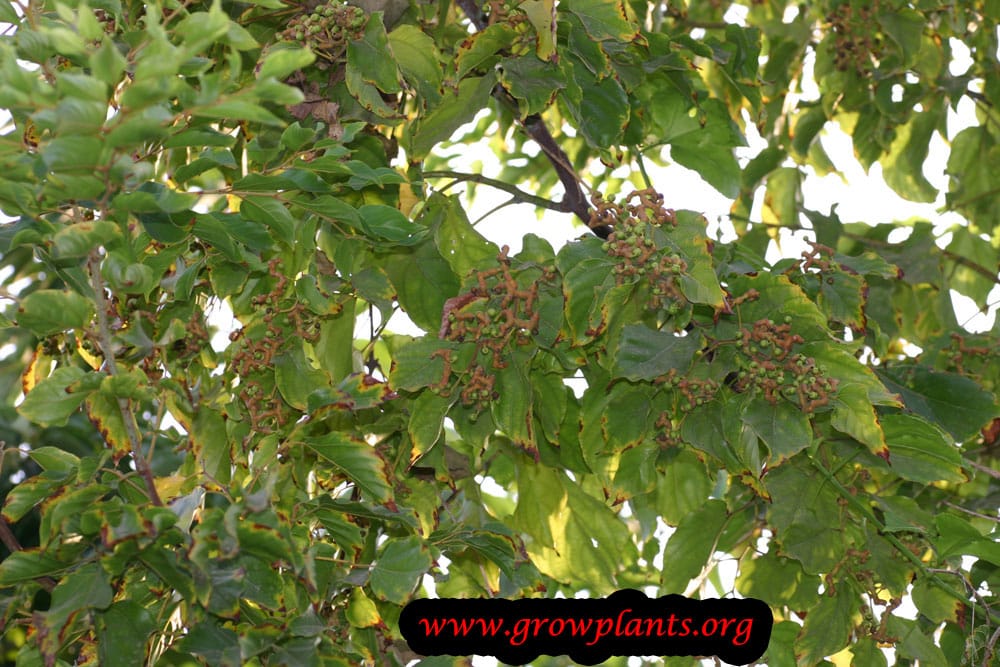
Hovenia dulcis How to grow & care
Hovenia dulcis is a deciduous Tree growing to 10 m (32ft) by 7 m (23ft). See above for USDA hardiness. It is hardy to UK zone 6 and is not frost tender. It is in flower in July, and the seeds ripen from September to October. The species is hermaphrodite (has both male and female organs). Suitable for: light (sandy) and medium (loamy) soils.
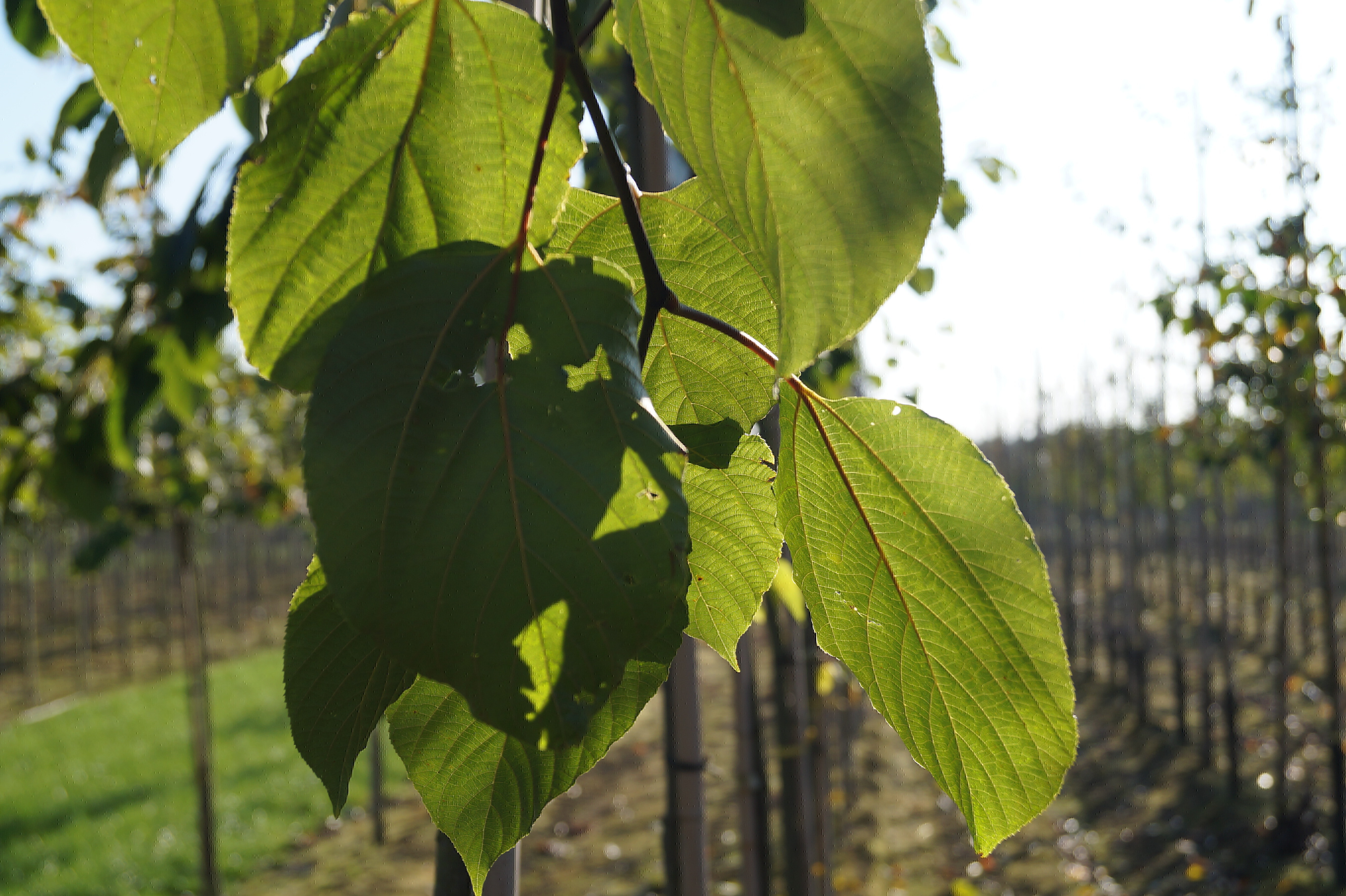
Hovenia dulcis Japanse krentenboom Den Mulder Boomteelt
Hovenia dulcis Common Name (s): Japanese Raisintree Japanese Raisin Tree Oriental Raisin Tree Raisin hovenia Sweet Stick Previously known as: H. acerba H. inequalis Phonetic Spelling ho-VEN-ee-uh DUL-sis Description The scientific name dulcis translates to sweet in reference to it fleshy fruit stalks.

Hovenia dulcis Seeds £1.95 from Chiltern Seeds Chiltern Seeds Secure
Hovenia dulcis: Japanese Raisintree 1. Edward F. Gilman and Dennis G. Watson 2. Introduction. Japanese Raisintree can reach 40 to 50 feet in height but is most often seen at 30 to 35 feet with an open, upright, oval silhouette. Unfortunately it is a little too big for planting beneath most power lines. The tree usually maintains a fairly good.

Japanese Raisin Tree Hovenia dulcis Hortas pequenas, Jardim
Image Tom Christian. A deciduous tree 30 ft high (much more in the wild); twigs downy when young. Leaves alternate, oval or heart-shaped, three-veined from the base, from 4 to 7 in. long, 3 to 6 in. wide, taper-pointed, coarsely and unequally toothed, downy beneath, especially on the veins. Flowers in terminal and axillary forked clusters 2 to.
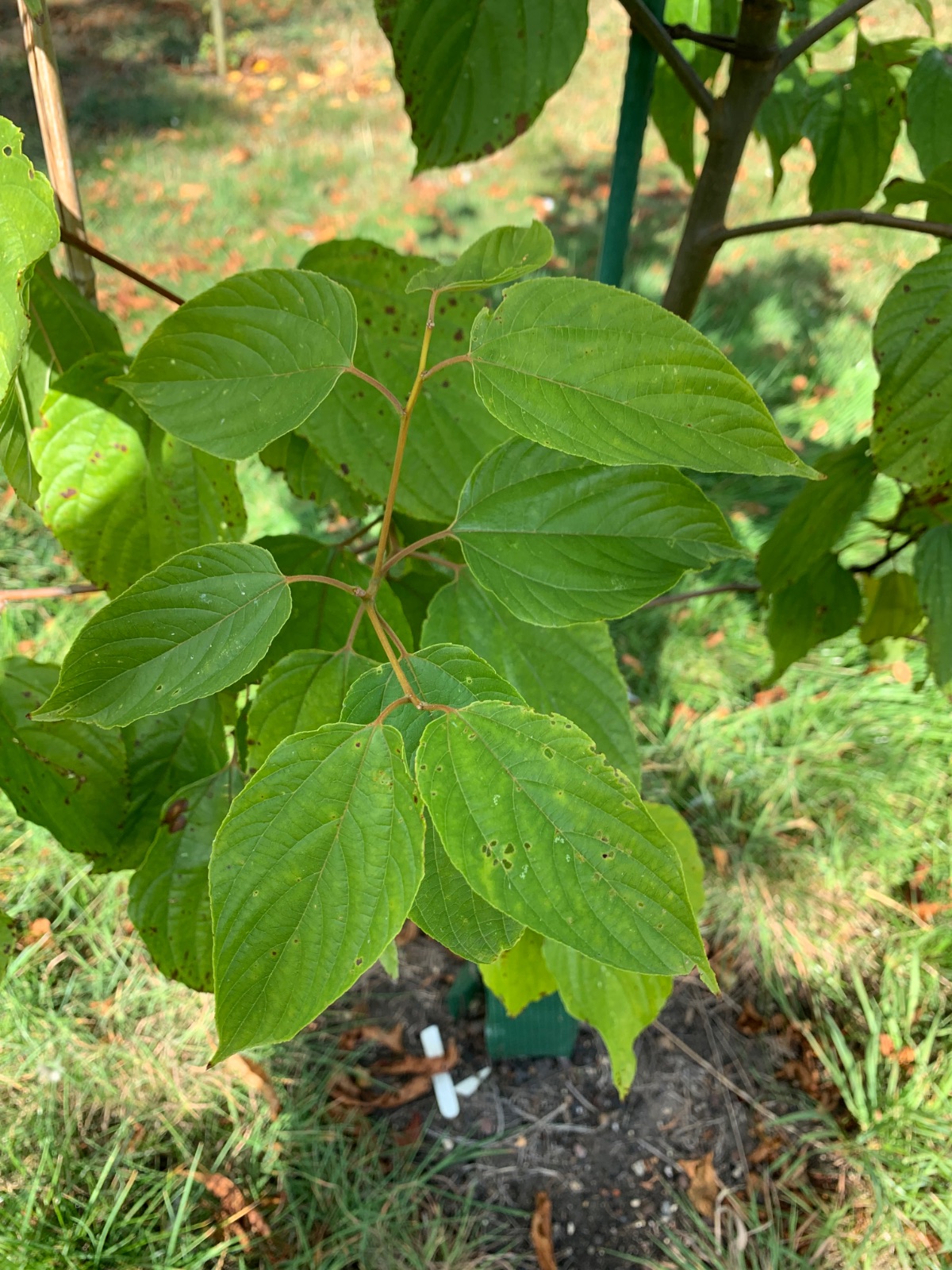
Hovenia dulcis Trees and Shrubs Online
Hovenia dulcis Thunberg is an herbal plant, belonging to the Rhamnaceae family, widespread in west Asia, USA, Australia and New Zealand, but still almost unknown in Western countries. H. dulcis has been described to possess several pharmacological properties, such as antidiabetic, anticancer, antioxidant, anti-inflammatory and hepatoprotective, especially in the hangover treatment, validating.

Hovenia dulcis
{Hovenia dulcis} Bonsai | Exotic Ornamental | Zero Waste | Year Round Beauty | 10 seeds Free Shipping! Arrives soon! Get it by Meet your seller Message hyerfarm Listing review by msvickief 1400+ Heavenly Blue Morning Glory Seeds BULK Untreated | Blue Flowers Vine Listing review by Cunningplatypus Listing review by Jared Roberts

Hovenia dulcis Japanese Raisin The Seed Vine
8.9.1 Hovenia dulcis. Chinese Name(s): zhi ju zi, guai zao, wan zi guo. Source: This medicine is made of the fruits and rachis of Hovenia dulcis (Hovenia dulcis Thunb.). Morphology: The plant is a deciduous tree, 10-20 m in height. The trunks are gray-brown, longitudinally split. The branchlets are red-brown, with yellow lenticels.
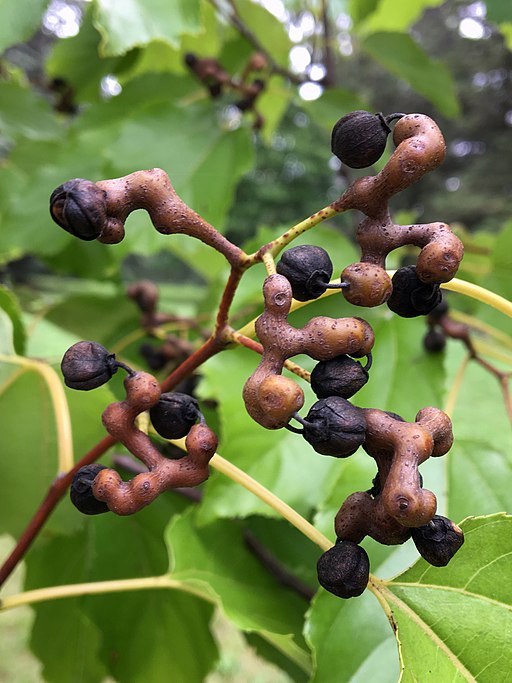
Hovenia dulcis Jardim Cor
Hovenia dulcis is a Traditional Chinese Medicine for hangovers that is distributed naturally in the areas surrounding China, Japan, Korea, and the Himilayas; it is also known as Japanese Raisin Tree. It belongs to the genus Hovenia of the family Rhamnaceae and is one of three species of Hovenia, the other two being acerba and trichocarpa.This particular species, dulcis, has two variants known.
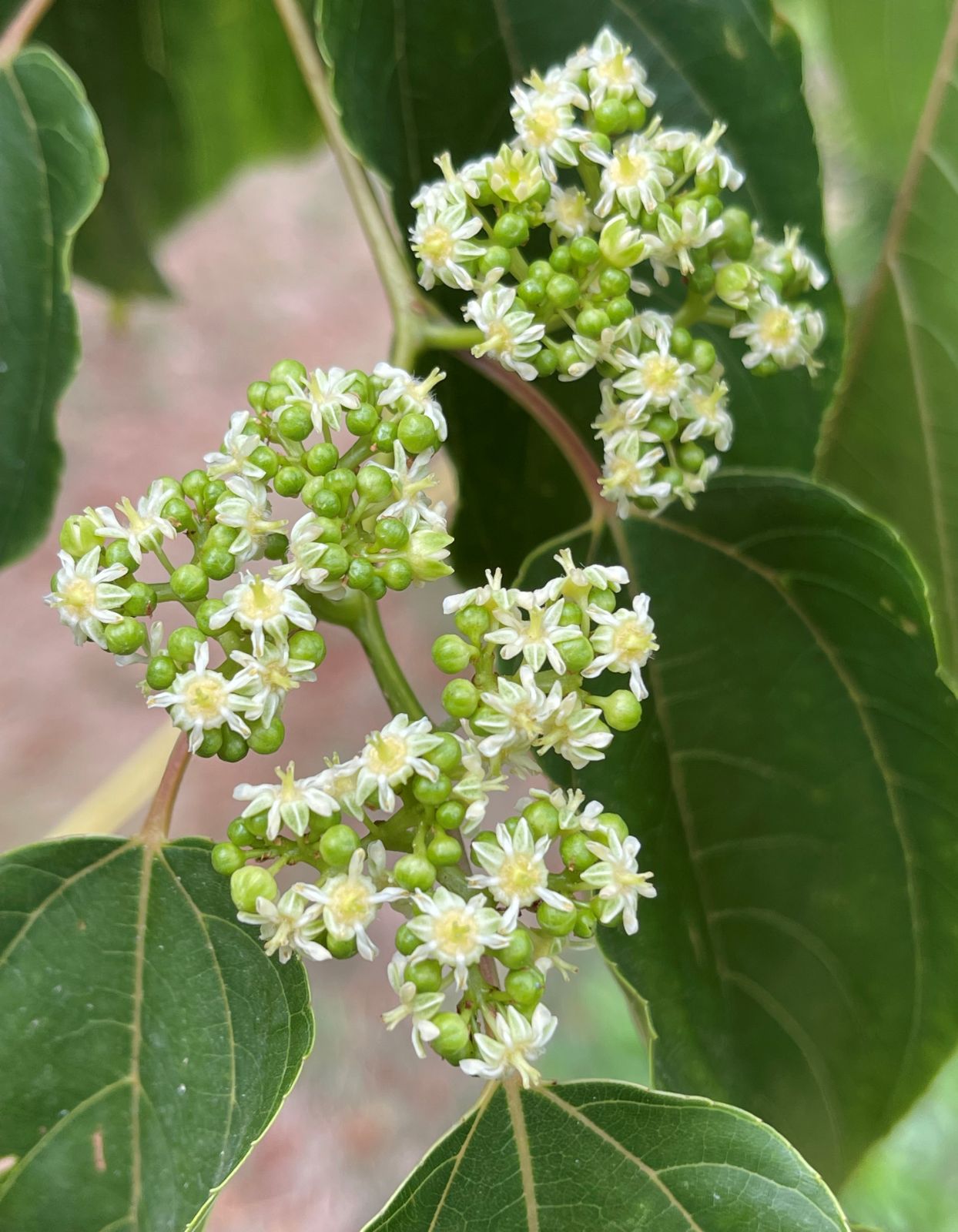
Hovenia dulcis Trees and Shrubs Online
Hovenia dulcis. Chinese raisin tree. An upright, then spreading, tree with glossy, dark green, heart-shaped leaves, 10-20cm long, and downy beneath. Sprays of tiny, cream, fragrant flowers appear in summer and, as they fade, the flower stems swell, turning red, sweet and edible. They later produce small, black fruit
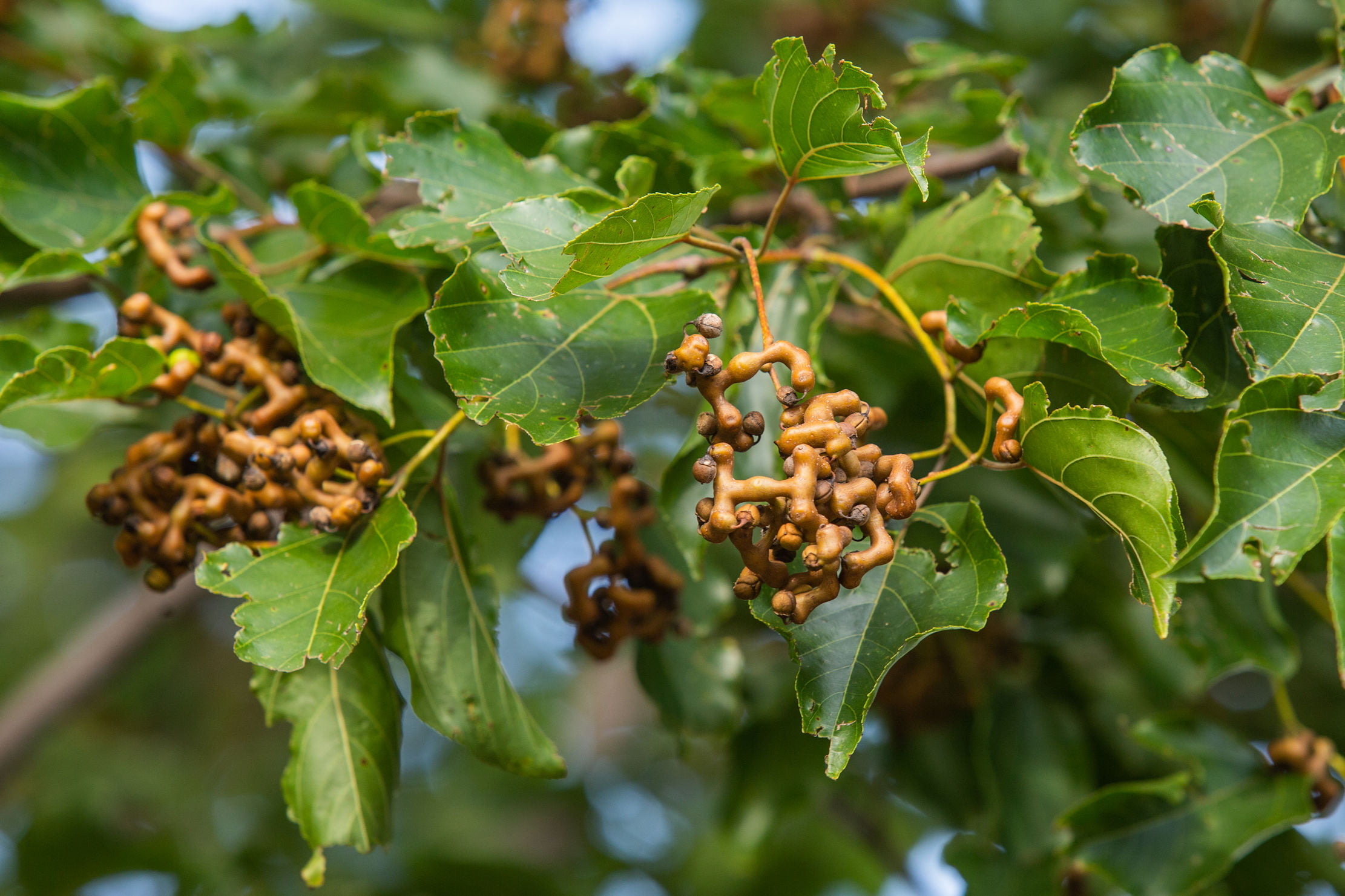
SEEDS === =Japanese Raisin Tree 10 Seeds Bonsai or Tropical Gardening
Fruit pea-sized, light gray-brown, 3-seeded, may not ripen in cultivation. Sun to part shade. not particular about soil, but reportedly does best in sandy loams. Hardy to USDA Zone (5)6 Native to China and Himalayas, cultivated in Japan and India. dulcis: sweet, presumably a reference to the fleshy fruit stalk.

UFEI SelecTree A Tree Selection Guide
The Hovenia (Hovenia dulcis) tree is found in East Asian countries, such as China, Japan, and Korea, and is also reported to be found in the Himalayas up to altitudes of 2,000 m (Hyun et al., 2010). The Hovenia tree prefers to grow in a sunny position, and the blooming period is about 20 days from June to July.

Rare Fruit, Hovenia dulcis, Japanese Raisin Tree, Sweet, Edible Fruit
[1] Selected species Hovenia dulcis, fruit Hovenia acerba syn Hovenia kiukiangensis Hovenia dulcis Thunb. syn Hovenia inaequalis DC. Hovenia parviflora Hovenia pubescens Hovenia robusta Hovenia tomentella Hovenia trichocarpa References

Hovenia dulcis Alchetron, The Free Social Encyclopedia
Hovenia dulcis, the Japanese raisin tree or oriental raisin tree, is a hardy tree found in Asia, from Eastern China 萬壽果; pinyin: wànshòuguǒ) and Korea (헛개나무, heotgae namu) to the Himalayas (up to altitudes of 2,000 m), growing preferably in a sunny position on moist sandy or loamy soils.

Hovenia Dulcis An Eastern Traditional Ingredient To Prevent Hangovers
Studies found the microplate reader screening to be a quick, accurate, and effective method to assay both enzymes in-vitro. The hot, aqueous fruit extract of Hovenia dulcis compared to the stem and leaf extracts gave the highest activity for decreasing alcohol concentration which was 138% of control (Kim et al. 2006 ).

Hovenia dulcis Japanese Raisin The Seed Vine
Hovenia dulcis grow and care - tree of the genus Hovenia also known as Japanese raisin, Hovenia dulcis perennial deciduous plant and also used as ornamental plant, can grow in temperate, mediterranean, subtropical or tropic climate and growing in hardiness zone 5-10. Flower color white the flowers grow on stem. Contents show Hovenia dulcis fruits